The Moon and the Printing Masters
The white star is particularly celebrated in Japan and has inspired various artists, whose works are featured in this leporello.
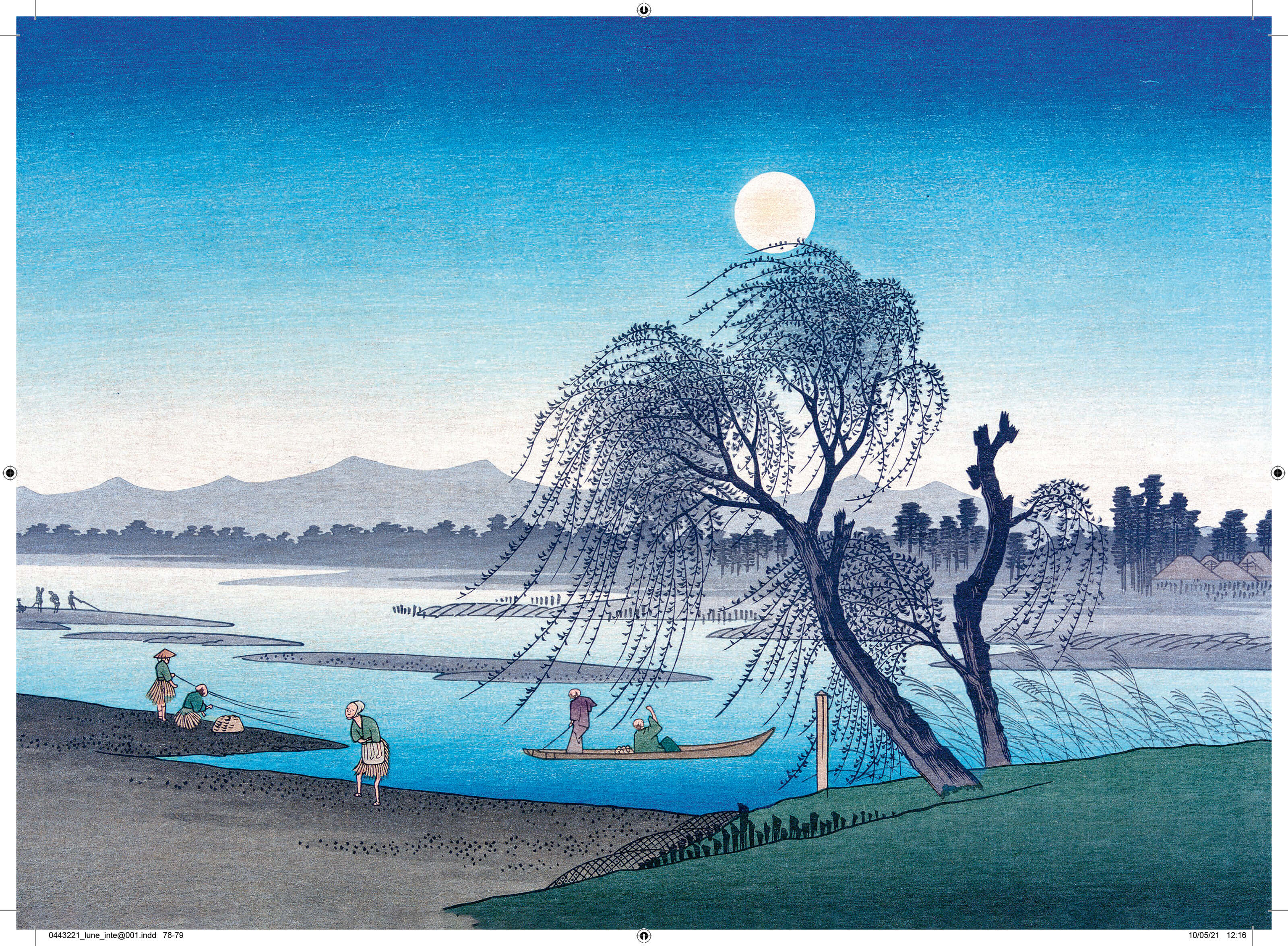
© Éditions Hazan
The moon occupies a special place in Japanese society, one that Anne Sefrioui’s book, La lune par les grands maîtres de l’estampe (‘The Moon by the Great Printing Masters’), seeks to examine. This set, made up of a leporello, an accordion-style book that can be folded and unfolded, and an explanatory booklet, offers a comprehensive overview of this star that appears at the boundary between day and night, reflecting light from the sun.
There is even a festival in its honour, o-tsukimi, which is celebrated between mid-September and the start of October. Families and friends gather to gaze at this star when it is full and when it is at its brightest all year. In the East, the moon does not have a reputation for melancholy as it does in the West. In Japan, it is a sign of prosperity, fertility and an abundant harvest.
Illuminating history
This book also showcases the work of 19th-century printing masters, such as Katsushika Hokusai and his Twenty-eight Moonlight Views, A Red Plum Branch against a Summer Moon by Utagawa Hiroshige and Full Moon at Arakawa River by Kawase Hasui, and offers an overview of how these artists portrayed this white star. The reader discovers many and varied lunar references: a family gathered outside for o-tsukimi, men reciting poetry as was customary during the Heian era when the ceremony in celebration of the moon was reserved for the aristocracy, and scenes featuring rabbits, an iconic animal that, according to legend, lives on the moon, with a hammer in hand, making mochi.
Autumn moon, a moon of farewells or an indecisive moon, La lune par les grands maîtres de l’estampe invites the reader not only to gaze at this celestial body, but also to immerse themselves in the mythology and beliefs that surround it, and to take the time to admire nature, to which its pale light adds a new depth.
La lune par les grands maîtres de l’estampe (‘The Moon by the Great Printing Masters’) (2020), a book by Anne Sefrioui published by éditions Hazan (not currently available in English).
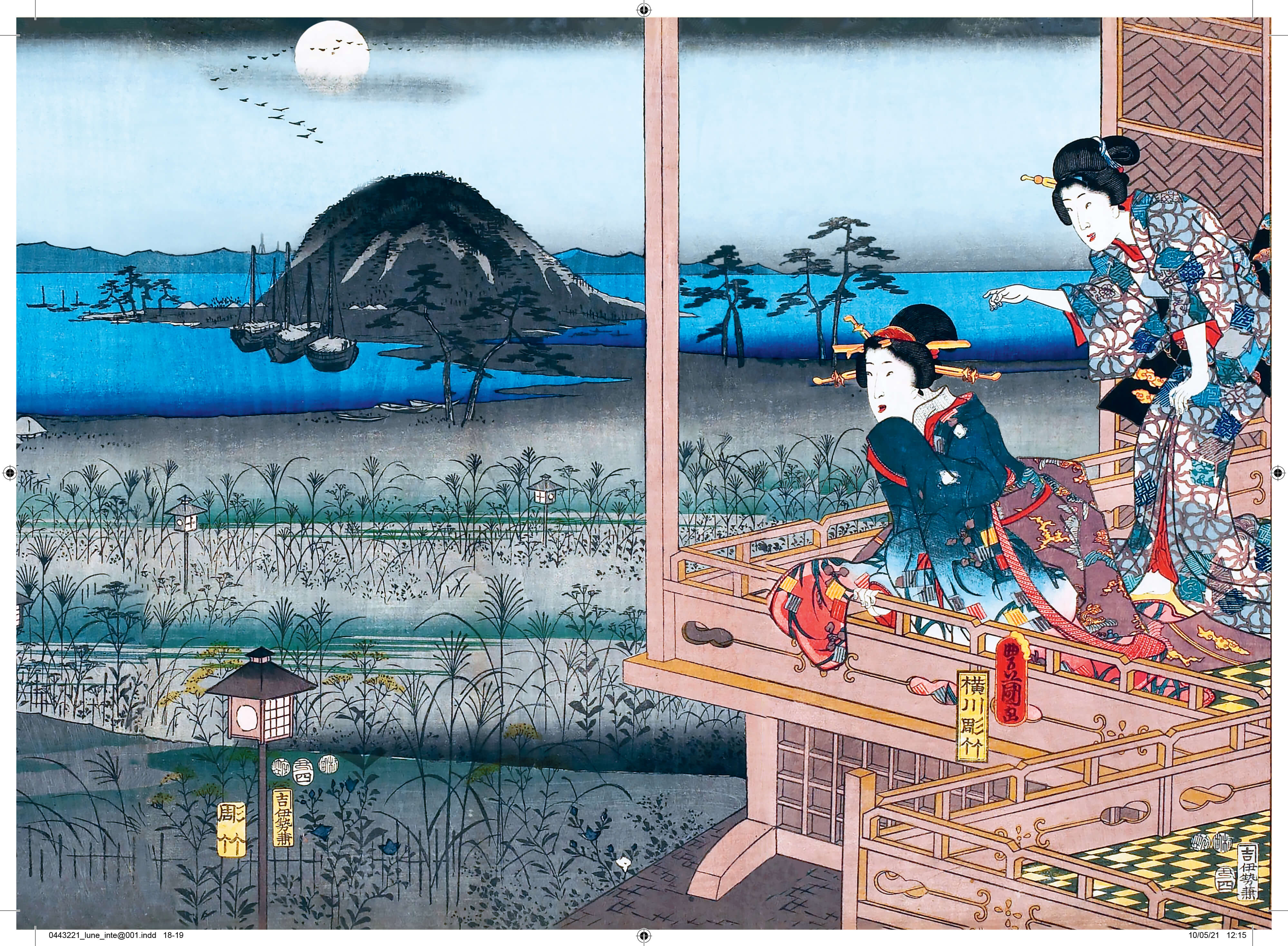
© Éditions Hazan

© Éditions Hazan
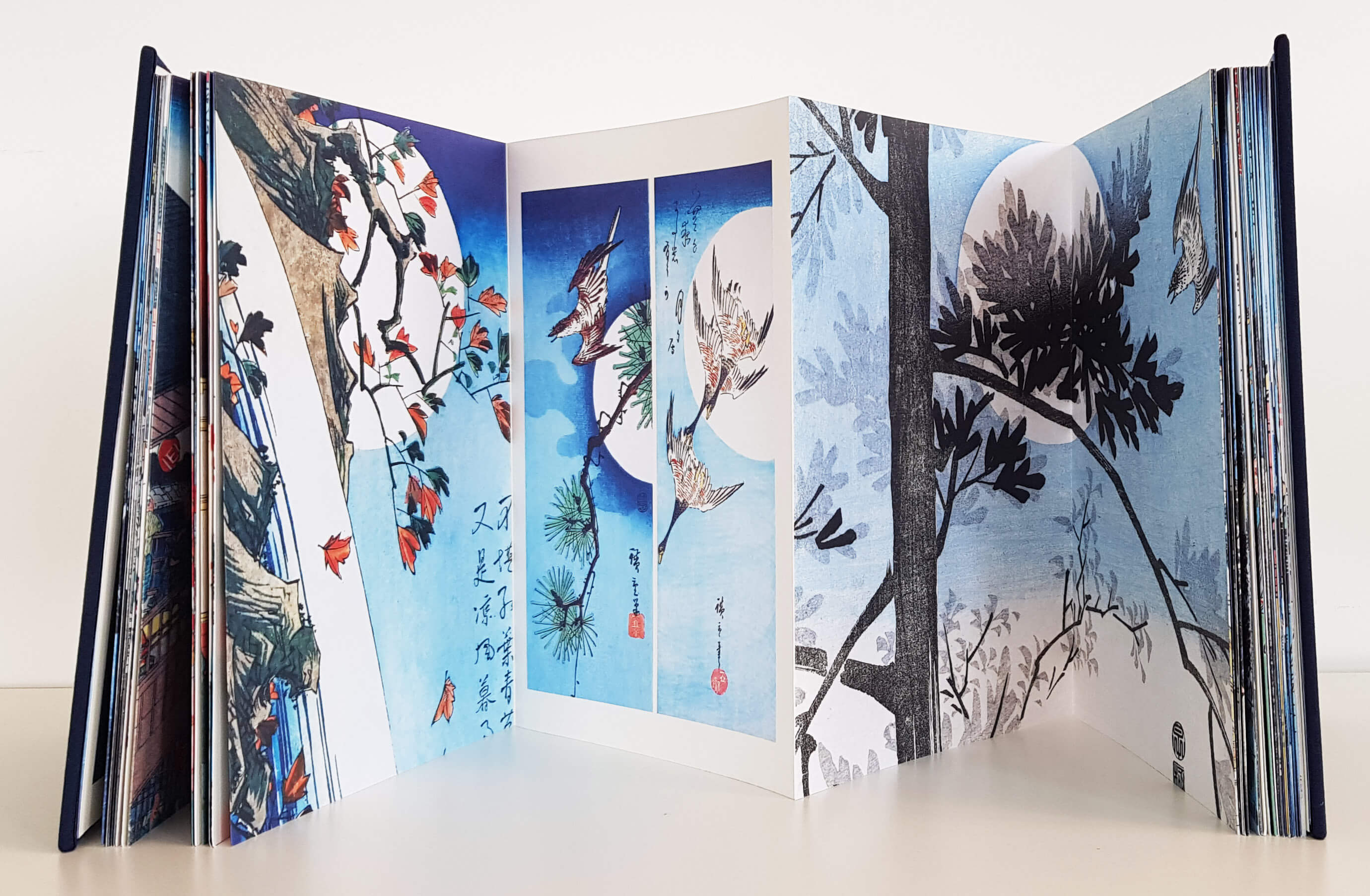
© Éditions Hazan
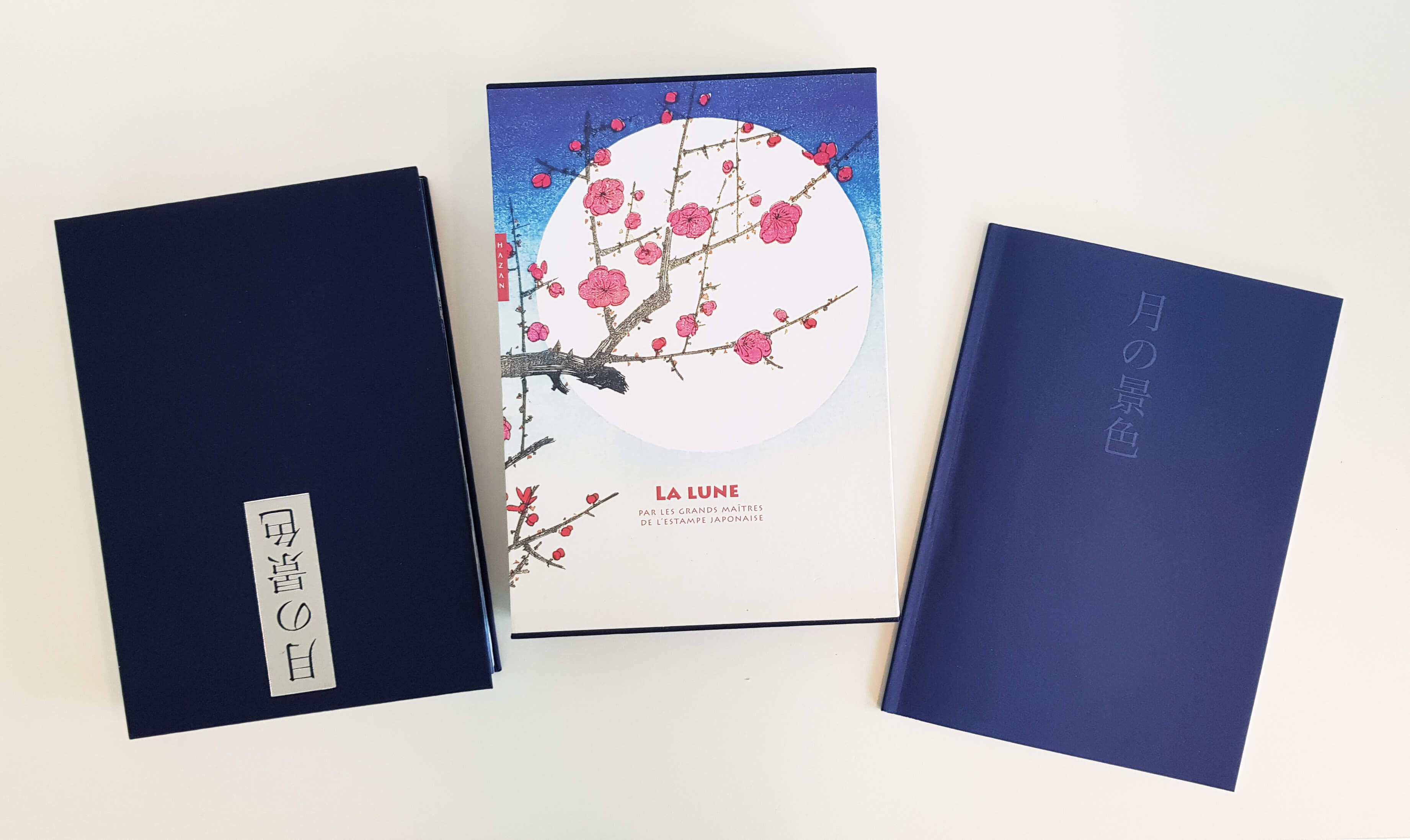
© Éditions Hazan
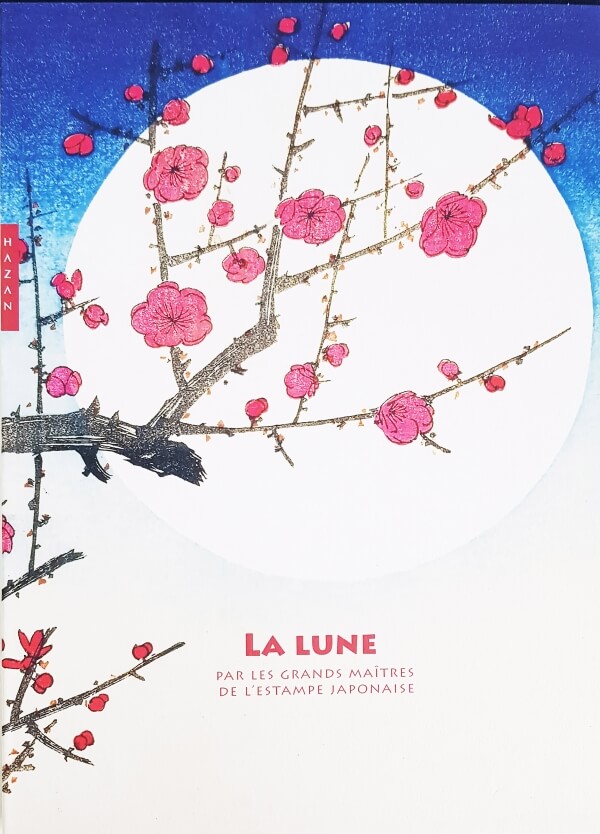
© Éditions Hazan
TRENDING
-
The Tattoos that Marked the Criminals of the Edo Period
Traditional tattoos were strong signifiers; murderers had head tattoos, while theft might result in an arm tattoo.

-
The Story of Sada Yacco, the Geisha who Bewitched Europe
Described by Dazed magazine as the first beauty influencer, she has been restored to her former glory since 2019.

-
Chiharu Shiota, Red Threads of the Soul
Last year, more than 660,000 people visited the retrospective 'Chiharu Shiota: The Soul Trembles' exhibit at the Mori Art Museum.

-
Japanese Left-field Pop From The CD Age, 1989-1996
‘Heisei No Oto’, a compilation of hidden gems in the unspoken depths of Japanese pop, reveal blissful moment of technological possibility.

-
‘Shojo Tsubaki’, A Freakshow
Underground manga artist Suehiro Maruo’s infamous masterpiece canonised a historical fascination towards the erotic-grotesque genre.





